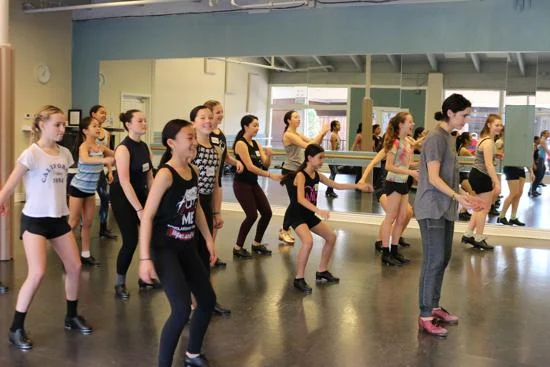
- why-middle-school-dances-are-important
- what-actually-happens-at-a-middle-school-dance
- social-development-through-dancing
- real-stories-nervous-steps-and-new-friendships
- how-american-dance-academy-can-help
1. Why Middle School Dances Are Important
If you’ve ever wondered, “Do you have a dance in middle school?” the answer is yes—most schools do. While not all schools host them regularly, middle school dances remain a key tradition in American education, especially as a safe and fun environment for early social experiences. These events help bridge the childhood-to-teen years, giving students a chance to explore social interaction in a semi-structured, supervised setting.
The events typically happen once or twice a year—often themed (like Halloween, Valentine's, or Spring Fling). For many students, it’s their first taste of being at a social event with music, peers, and (let’s be honest) a little awkward dancing. But that’s what makes them memorable.
2. What Actually Happens at a Middle School Dance
Despite popular TV stereotypes, middle school dances are not just dramatic social battlegrounds. In reality, they’re chaperoned events hosted in gyms or multipurpose rooms with decorations, snacks, and DJs spinning school-appropriate hits. While some kids do dance, many just gather in groups, play games, or hang out nervously by the punch table.
There's often a slow build-up: students arrive in small friend groups, unsure how to “act” at a dance. Some brave a move toward the dance floor when a popular song drops. The chaperones (often teachers or parent volunteers) encourage positive behavior while creating a low-pressure space. These events are not about dancing perfectly—they’re about creating experiences.
3. Social Development Through Dancing
Middle school is a formative period for social growth, and dances play a key role in helping students practice communication, confidence, and even emotional regulation. Learning how to invite someone to dance, navigate rejection kindly, or simply have fun while feeling self-conscious are powerful developmental moments.
From a psychological perspective, these dances offer students a chance to express themselves nonverbally. Movement to music, even clumsy or silly, allows young teens to connect without needing advanced conversational skills. These moments often stick—ask any adult and they can likely recall a middle school dance moment, for better or worse.
4. Real Stories: Nervous Steps and New Friendships
In one New Jersey middle school, 7th grader Ethan hesitated at the door to his first dance. “I didn’t know if anyone would be dancing or if it’d be like the movies,” he later shared. But halfway through, a group of classmates dragged him to the dance floor during the Cha Cha Slide—and by the end of the night, he was teaching a Fortnite move to the principal.
For many, these dances are the first time they see teachers in a more relaxed setting, peers in a new light, and themselves with a little more courage. These stories reflect why having dances in middle school still matters in a digital age—because real connection happens face-to-face.
5. How American Dance Academy Can Help
Not every kid walks into a dance with natural confidence—and that’s perfectly okay. Places like American Dance Academy exist to help students of all ages develop rhythm, confidence, and the social skills to thrive not just in competitions, but also in everyday experiences like school dances.
From basic movement classes to teen social dance workshops, American Dance Academy provides tools that go beyond choreography. Students gain posture, poise, and the courage to take a step onto the floor—whether it's prom or their first middle school event.
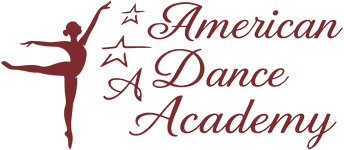
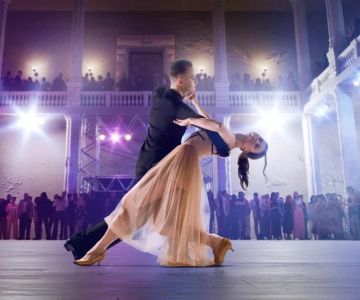
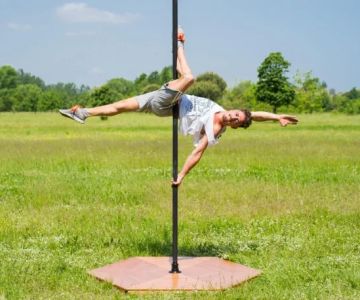
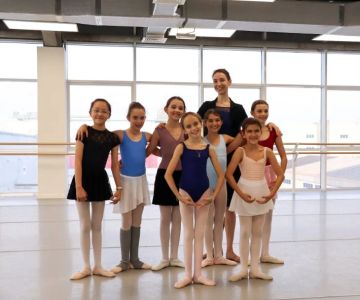
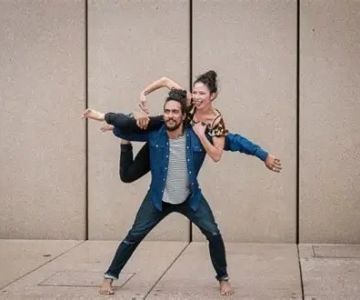

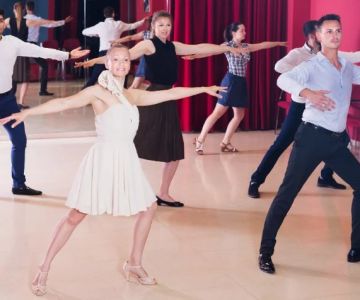
 Barrington Dance Academy5.0 (22 reviews)
Barrington Dance Academy5.0 (22 reviews)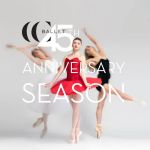 Canyon Concert Ballet4.0 (17 reviews)
Canyon Concert Ballet4.0 (17 reviews) Big City Dance Center LLC4.0 (25 reviews)
Big City Dance Center LLC4.0 (25 reviews)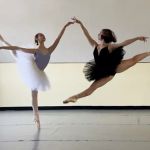 Tye Chua Dance & Kalamazoo Ballet5.0 (18 reviews)
Tye Chua Dance & Kalamazoo Ballet5.0 (18 reviews)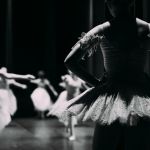 Fenton Ballet Theatre4.0 (24 reviews)
Fenton Ballet Theatre4.0 (24 reviews) Front Street Dance Center5.0 (7 reviews)
Front Street Dance Center5.0 (7 reviews) Are There Dances in Middle School? What Students and Parents Should Know
Are There Dances in Middle School? What Students and Parents Should Know How a Dance School in Instagram Builds Community and Success
How a Dance School in Instagram Builds Community and Success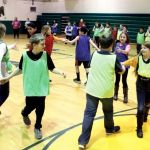 Why Do Schools Teach Square Dancing?
Why Do Schools Teach Square Dancing?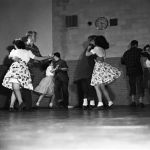 Why Was Square Dancing Taught in School?
Why Was Square Dancing Taught in School? Why Swing Dance Is Popular for Adults
Why Swing Dance Is Popular for Adults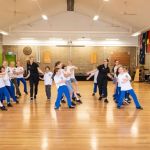 A School Dance: How to Prepare, Shine, and Make It Unforgettable
A School Dance: How to Prepare, Shine, and Make It Unforgettable